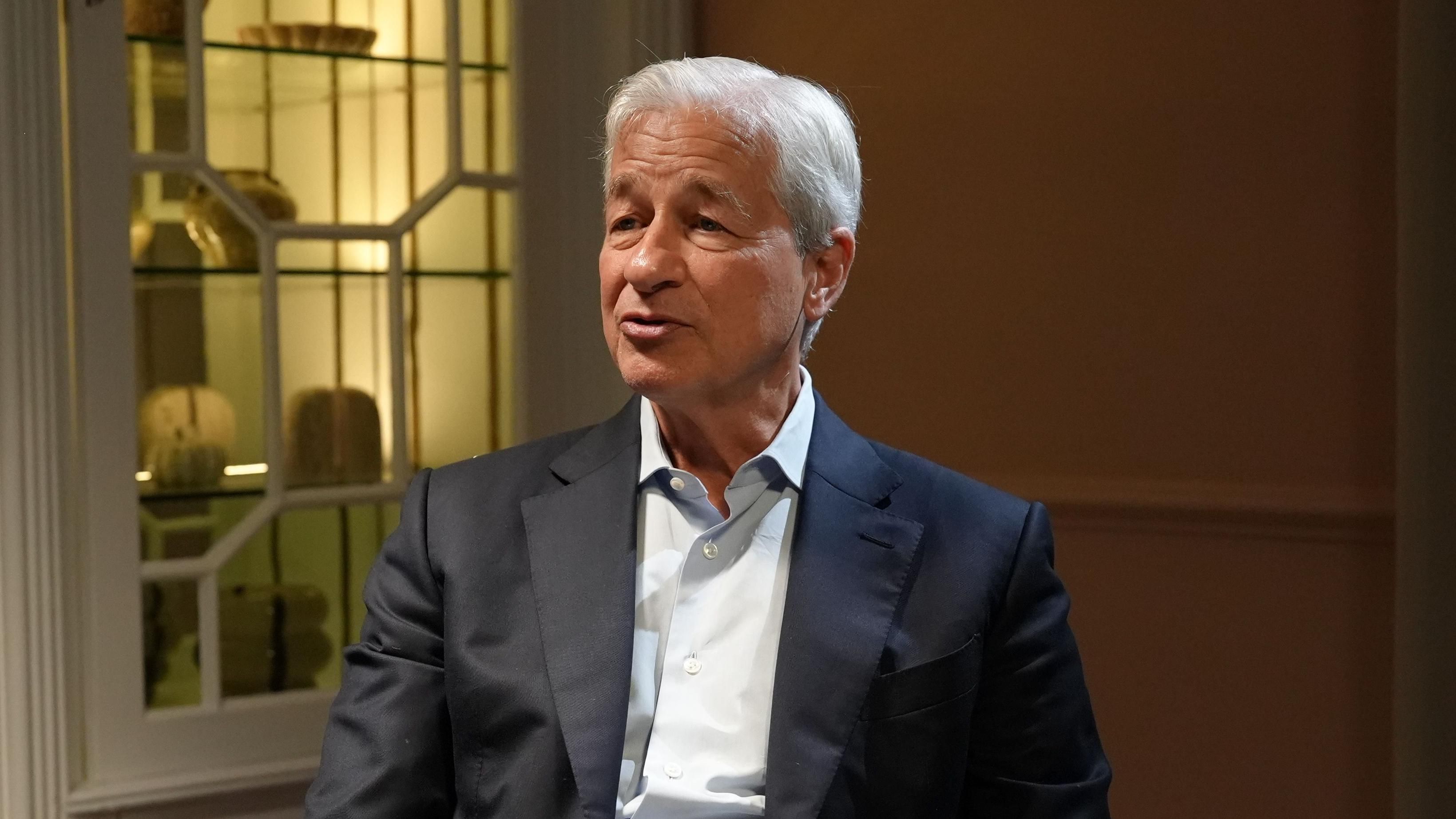A judge in New York has thrown out a lawsuit filed by Donald Trump against The New York Times, characterizing the case as both inappropriate and inadmissible, signaling yet another legal defeat for the former president. The ruling highlights the intricate legal struggles Trump still confronts as he attempts to oppose media criticism and ongoing probes.
The legal case originated from a 2018 report released by The New York Times which explored Trump’s financial background, including information about his tax records and the family wealth transfer. Trump alleged that the newspaper was involved in what he termed a scheme to acquire private documents wrongly and contended that the reporting was part of an organized campaign to harm his reputation. The judge’s decision, however, clarified that the allegations were legally unfounded and amounted to an attempt to misuse the judicial system against journalists carrying out their professional responsibilities.
Legal reasoning behind the dismissal
By dismissing the case, the judge highlighted the significance of the freedom of the press and the safeguards provided to journalists by the First Amendment. The judicial decision acknowledged the essential part played by the media in examining public figures and distributing information relevant to society, which is fundamental to democracy. Additionally, the decision underscored that Trump’s legal claims did not prove any actionable damage, portraying the lawsuit instead as a measure of retribution for unfavorable coverage.
The tribunal also determined that Trump’s allegations of a plot were unfounded, concluding that The New York Times’ techniques were part of legitimate investigative journalism. By describing the case as “clearly improper and impermissible,” the judge highlighted the importance of protecting journalists from efforts to threaten or penalize them via legal channels. Legal authorities indicate that the ruling supports established precedent defending media entities when covering issues of public interest, especially when it involves a prominent political individual.
For The New York Times, the dismissal reaffirms its journalistic practices and strengthens the legal protections available to reporters. The publication has long argued that its investigation was based on legitimate reporting methods and served the public interest by providing transparency about the finances of a sitting president at the time.
Consequences for Trump’s overall legal approach
This ruling represents only one of several legal challenges Trump is facing, but it carries significant symbolic weight. The dismissal not only prevents Trump from pursuing damages against The New York Times but also sets a precedent that may influence how courts view future lawsuits brought by public figures against media outlets. Trump has frequently criticized the press, branding unfavorable coverage as “fake news” and seeking to discredit institutions he views as adversarial.
Observers point out that the dismissal may narrow the path for Trump’s ongoing legal strategy, which often involves aggressive litigation to counteract investigations and reporting. While the former president has long used legal threats as a tool to intimidate critics, this ruling suggests that courts may be increasingly unwilling to entertain claims that lack substantive legal grounding. The decision may also embolden other news organizations to pursue in-depth reporting on politically sensitive topics, confident that judicial precedent will shield them from retaliatory lawsuits.
The overall legal environment for Trump remains difficult. He is still dealing with criminal probes, civil lawsuits, and investigations into his business operations, all of which together subject him to unparalleled legal examination. Within this landscape, the unsuccessful legal action against The New York Times is seen as a piece of a broader series of legal strategies that have yielded varied outcomes up to now.
The importance of a free press in this situation
At its core, the ruling serves as a reaffirmation of the press’s role in democratic governance. By dismissing Trump’s lawsuit, the court reinforced the principle that journalists must be free to investigate and report without fear of reprisal from powerful individuals. This case highlights the ongoing tension between public officials who seek to control their image and the media organizations tasked with providing transparency and accountability.
Press freedom advocates have welcomed the decision, framing it as a victory not just for The New York Times but for journalism more broadly. They argue that cases like this demonstrate the importance of a robust legal framework that prevents individuals in positions of authority from using the courts to silence criticism. In democratic societies, the press functions as a check on power, and the ruling underscores that courts will uphold those protections even in the face of aggressive legal challenges.
International observers have also noted the significance of the ruling, pointing out that press freedom is under threat in many parts of the world. The court’s decision serves as an example of judicial independence and commitment to upholding constitutional rights, setting a standard that resonates beyond the United States.
Although the lawsuit’s dismissal represents a win for The New York Times, it also contributes another segment to Trump’s intricate legal storyline. The ex-president has repeatedly depicted himself as a victim of unjust actions by media outlets and the judiciary, and this verdict is expected to be woven into his wider political discourse. Nevertheless, the court’s ruling clearly indicates that legal frameworks are intended to deter abuse and safeguard entities vital for democratic leadership.
As Trump maintains his pursuit of political goals, the connection between his legal issues and public opinion will be a crucial aspect of his journey. The judgment against his lawsuit emphasizes the obstacles he encounters in managing the legal system and the political field. For reporters, the case’s rejection underscores the importance of investigative journalism and acts as a reminder that holding individuals accountable is an essential role of the media.
Ultimately, the court’s rejection of Trump’s case illustrates the resilience of democratic institutions in the face of pressure from powerful figures. By standing firmly on the side of press freedom, the judiciary has not only resolved a legal dispute but also reinforced a principle that lies at the heart of open societies: the right to question, investigate, and publish without fear of suppression.







